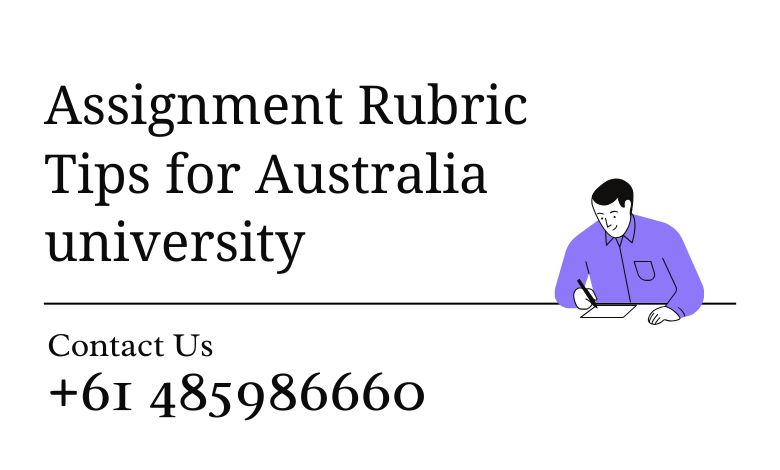Autism Jumping and Spinning in Children

Autism Jumping and Spinning in Children with Autism
Children with autism typically exhibit repetitive physical movements like jumping and spinning. These activities can help serve a number of functions, including self-regulation and sensory stimulation. Although these movements, also known as the autism jumping and spinning behaviors, seem to have puzzled many individuals, they are significant for assisting the autistic person in dealing with their input of sensation and emotions.
We’ll explore why children with autism engage in these activities, the benefits they provide, and practical strategies parents and caregivers can use to support children in managing these behaviors effectively.
Why Do Children with Autism Engage in Jumping and Spinning?
Jumping and spinning are among the many ways that autistic children may seek sensory input or regulate overwhelming sensations. These repetitive movements are often referred to as “stimming,” short for self-stimulatory behavior. Stimming helps individuals with autism cope with sensory overload, express emotions, or simply enjoy a calming sensory experience.
Here are a few common reasons why children with autism might engage in jumping and spinning:
- Sensory Regulation
Many children with autism are susceptible to sensory input; some are less so. Jumping and spinning gives proprioceptive (body awareness) and vestibular input, helping the child to ground themselves and their bodies better. Autism jumping will give deep pressure input which is often soothing.
Spinning autism behaviors help stimulate the vestibular system which assists in maintaining equilibrium and spatial orientation.
- Emotional Expression
Children with autism may not be able to express emotions in words. Jumping up and down might express excitement or happiness, and spinning could be a source of comfort when they are overstimulated or anxious.
- Seeking Predictability
Repetitive behaviors, such as spinning and jumping, create predictability and routine, which are sources of comfort for children who have difficulty coping with the unpredictable nature of the environment.
Advantages of Jumping and Spinning
While these behaviors can sometimes appear to be problematic, they are quite beneficial for children with autism. Here are a few of the positives:
- Better Self-Regulation
Jumping and spinning autism help children regulate their sensory input, making it easier for them to focus, stay calm, and manage emotions in difficult situations.
- Improved Gross Motor Skills
Jumping and spinning can enhance gross motor skills, coordination, and balance over time when engaged in physical activity.
- Increased Body Awareness
Repetitive movements can help children with autism develop a better sense of their bodies in space, which can improve physical confidence and reduce clumsiness.
Problems with Overjumping and Spinning
Jumping and spinning are good things, but sometimes they get out of hand or interrupt the environment, such as school or public spaces. In such cases, children need to be taught how to manage these behaviors without eliminating them.
Some of the challenges parents and caregivers may face include the following:
Physical Safety: Excessive spinning can lead to dizziness, falls, or accidents, especially if done in unsafe environments.
Social Challenges: Frequent jumping and spinning might draw unwanted attention or lead to misunderstandings in social settings.
Difficulty Transitioning: If a child becomes fixated on jumping or spinning, transitioning to other activities may become difficult.
Strategies to Help Manage Jumping and Spinning
Rather than putting an end to these behaviors, teach appropriate outlets and self-regulation techniques. Here are some ideas for helping children with autism to contain jumping and spinning: https://www.hituponviews.com/early-symptoms-of-spinning-and-humming-in-autism/
- Create a Safe Space
Designate a safe area in your home where your child can jump or spin freely. Use soft mats or cushions to reduce the risk of injury and make it a comfortable space they can retreat to when needed.
- Incorporate Structured Movement Breaks
Schedule regular movement breaks throughout the day to afford your child the opportunity for controlled jumping and spinning. It may serve to prevent excessive or disruptively occurring of these behaviors.
For example:
Create opportunities for autistic jumping within short breaks after learning activities to refocus attention.
Allow autistic spinning in a sensory room or quiet area immediately before quietening down and doing an activity that can be carried out quietly.
- Alternative Sensory Activities
Sometimes the need for excessive jumping and spinning can be reduced by giving alternative sensory activities. Here are some examples:
Give a mini trampoline that your child can use to safely jump indoors.
Provide your child with a spinning chair or swing for vestibular input.
Engage him in yoga or stretching that provides calming sensory feedback.
- Teach Self-Regulation Techniques
For an older child, teaching techniques for self-regulation would help him manage his need for sensory input more independently. Self-regulation techniques may include:
Deep pressure soothing of the nervous system through the use of a weighted blanket or vest.
Practice mindfulness or body awareness skills that help one become aware and respond to sensory triggers.
- Discuss with Educators and Therapists
Work closely with your child’s teachers, therapists, and other caregivers to develop a consistent approach to managing jumping and spinning behaviors across different settings. Sharing strategies and insights can create a supportive environment for your child.
Encourage balance and understanding
They seem repetitive, but jumping and spinning may do more than that, assisting children with autism to know the world around them in every possible way. Helping kids balance their sensory needs will be easier when knowing their purpose and using supporting strategies.
Remember, each child with autism is different. What works for one child may not work for another so be patient, observant, and willing to alter your approach when necessary. In the right support, the children can learn to deal with jumping and spinning, which may improve their lives and the quality of li











